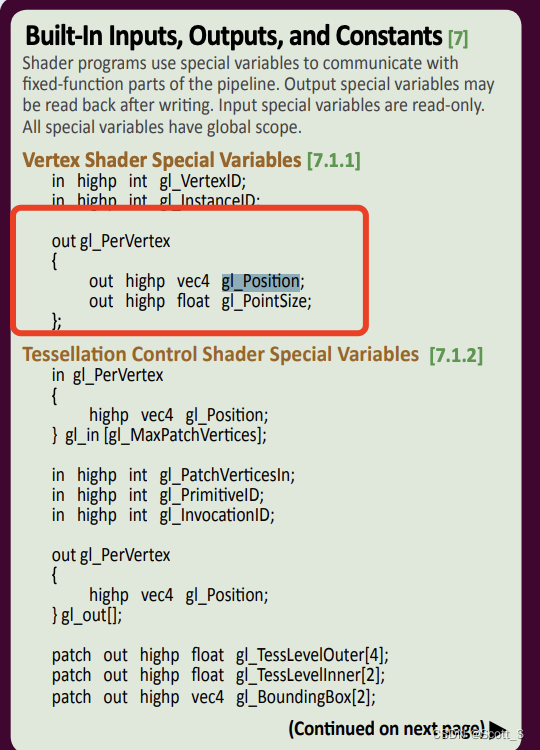

In addition, you can find full documentation for the code framework in Appendix D. We also avoid using global data, something that is also not allowed on many handheld platforms.Īs we go through the examples in the book, we introduce any new code framework functions that we use. In addition, we chose to use C as the language rather than C++ due to the differing limitations of C++ on many handheld platforms. Although we develop our example programs on Microsoft Windows, we wanted the sample programs to be easily portable to other operating systems and environments. The goal of the framework was to allow you to focus your attention on the important OpenGL ES 2.0 API concepts in each example.

Rather, we focused our framework on simplicity and making the example programs easy to read and understand. We wanted to focus our examples on the relevant OpenGL ES 2.0 calls and not on a large code framework that we invented. It should be simple, small, and easy to understand.

In developing example programs for the book, we had several goals for this code framework: Throughout the book, we will be building up a library of utility functions that form a framework of useful functions for writing OpenGL ES 2.0 programs.

Our purpose here is to get you running your first simple example so that you get an idea of what goes into creating an application with OpenGL ES 2.0. Later in the book, we fill in the details on each of these steps and further document the API. This chapter goes over the basics of each of these steps.


 0 kommentar(er)
0 kommentar(er)
